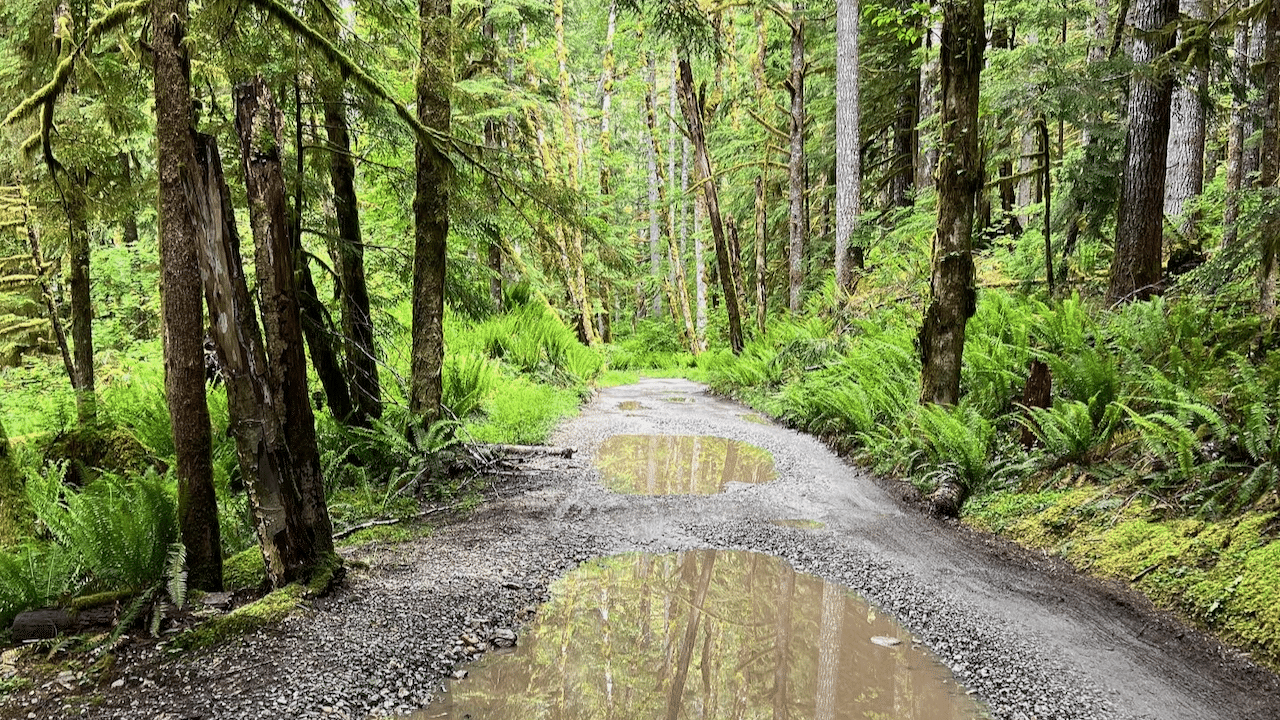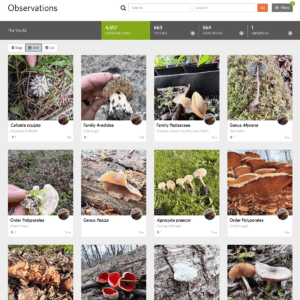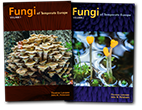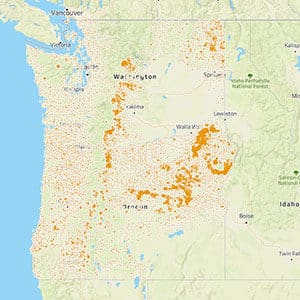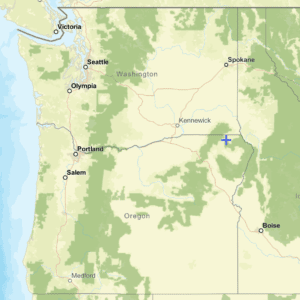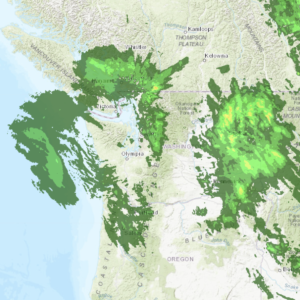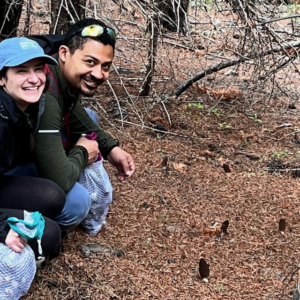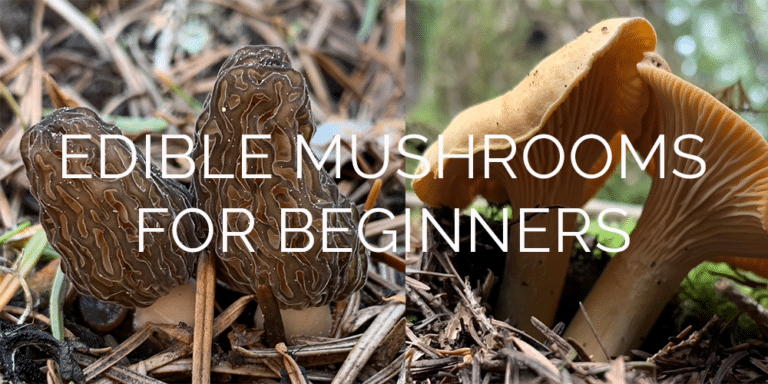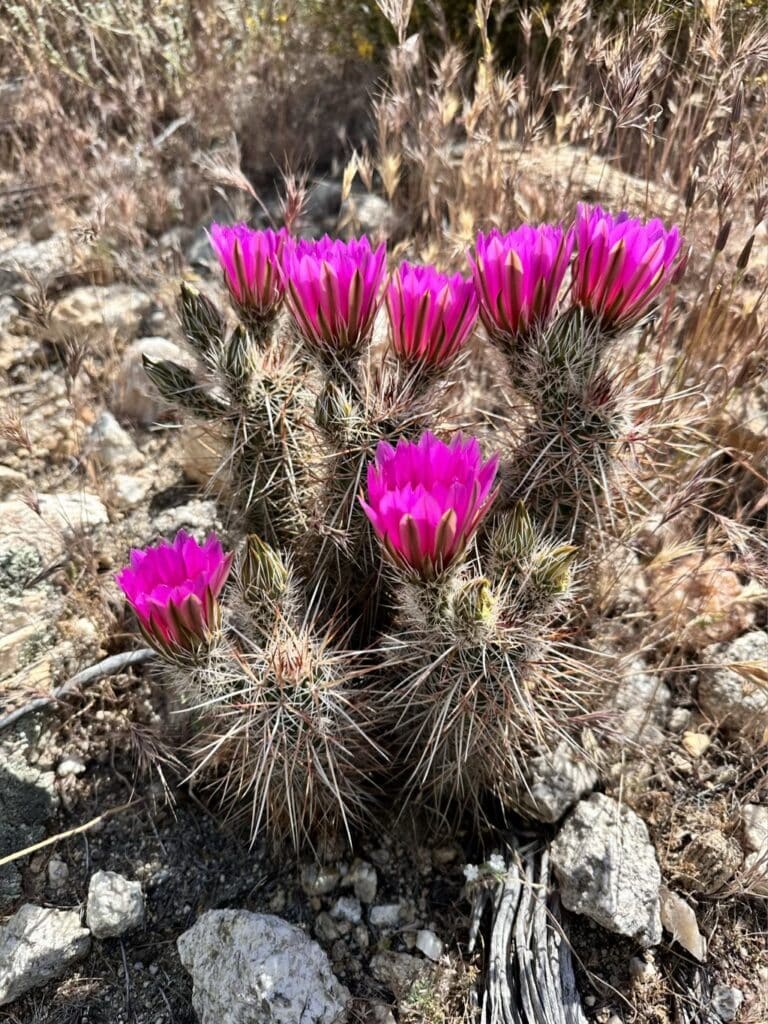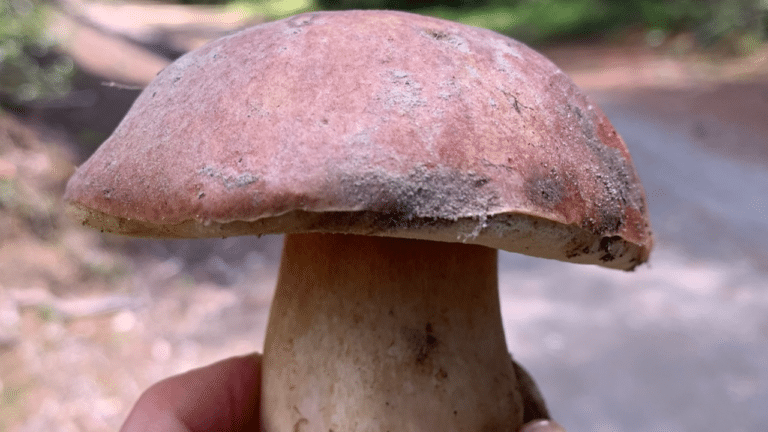Tools for finding mushrooms in the Pacific Northwest
[et_pb_section fb_built=”1″ _builder_version=”4.17.4″ _module_preset=”default” global_colors_info=”{}” theme_builder_area=”post_content”][et_pb_row _builder_version=”4.17.4″ _module_preset=”default” global_colors_info=”{}” theme_builder_area=”post_content”][et_pb_column type=”4_4″ _builder_version=”4.17.4″ _module_preset=”default” global_colors_info=”{}” theme_builder_area=”post_content”][et_pb_text _builder_version=”4.17.4″ _module_preset=”default” global_colors_info=”{}” theme_builder_area=”post_content”]
Learning to forage and identify mushrooms in the Pacific Northwest takes time. I would like to share some of my favorite sites and apps to help speed up your learning. Even experienced mushroom foragers would likely find a few surprises in here.
The best time to pick mushrooms
Chanterelles, boletes, morels, and other edible mushrooms have specific seasons and habitats in which they are most likely to be found. I created this fruiting calendar to help you determine the best months for the most commonly foraged mushrooms
[/et_pb_text][et_pb_image src=”https://salishmushrooms.com/wp-content/uploads/2022/06/Fruiting-Calendar-Salish-Sea-209×300.png” title_text=”Fruiting Calendar Salish Sea” url=”@ET-DC@eyJkeW5hbWljIjp0cnVlLCJjb250ZW50IjoicG9zdF9saW5rX3VybF9wYWdlIiwic2V0dGluZ3MiOnsicG9zdF9pZCI6IjY3MjAifX0=@” _builder_version=”4.17.4″ _dynamic_attributes=”url” _module_preset=”default” global_colors_info=”{}” theme_builder_area=”post_content”][/et_pb_image][et_pb_text _builder_version=”4.17.4″ _module_preset=”default” global_colors_info=”{}” theme_builder_area=”post_content”]
The best edible mushrooms in the Pacific Northwest
Here is a page dedicated to some of the most popular edible mushrooms in the Pacific Northwest
[/et_pb_text][et_pb_image src=”https://salishmushrooms.com/wp-content/uploads/2022/03/edible.jpg” url=”@ET-DC@eyJkeW5hbWljIjp0cnVlLCJjb250ZW50IjoicG9zdF9saW5rX3VybF9wYWdlIiwic2V0dGluZ3MiOnsicG9zdF9pZCI6IjEzMTc4In19@” _builder_version=”4.17.4″ _dynamic_attributes=”url” _module_preset=”default” global_colors_info=”{}” theme_builder_area=”post_content”][/et_pb_image][et_pb_text _builder_version=”4.17.4″ _module_preset=”default” global_colors_info=”{}” theme_builder_area=”post_content”]
How to identify poisonous mushrooms
There are not any simple rules for identifying poisonous mushrooms. There are edible mushrooms that look just like popular poisonous mushrooms. It is much easier to learn to identify individual edible mushrooms and avoid eating everything else.
Here is a page with common poisonous mushrooms
[/et_pb_text][et_pb_image src=”https://salishmushrooms.com/wp-content/uploads/2022/03/poisonous-300×150.jpg” url=”@ET-DC@eyJkeW5hbWljIjp0cnVlLCJjb250ZW50IjoicG9zdF9saW5rX3VybF9wYWdlIiwic2V0dGluZ3MiOnsicG9zdF9pZCI6IjExOTUyIn19@” _builder_version=”4.17.4″ _dynamic_attributes=”url” _module_preset=”default” global_colors_info=”{}” theme_builder_area=”post_content”][/et_pb_image][et_pb_text _builder_version=”4.17.4″ _module_preset=”default” hover_enabled=”0″ global_colors_info=”{}” theme_builder_area=”post_content” sticky_enabled=”0″]
If someone suspects they have eaten a poisonous mushroom immediately call your local poison control center 1-800-222-1222
You can get very quick assistance from this Facebook group
Emergency Plant and Fungus Identification
Meet other people to go foraging
Salish Sea Mushrooms
Mushroom walks, foraging tours, in person meetings, and a fall mushroom festival
Join | Calendar
Meetup.org
Has a number of mushroom groups like this one
Facebook Groups
The Pacific Northwest Mushroom Social Club is an excellent group with lots of members around the region.
Getting help with identification
iNaturalist.org
Upload quality photos including the underside and stem of your mushroom. A community can help to identify and your submission will also be added to a public map to help others learn about the distribution of mushrooms and other plants or animals uploaded
Pacific Northwest Foraging and Identification
There are a lot of really sharp people in this Facebook group… and a lot of everyone else too. Be careful with IDs you receive from the internet. Once a question has been viewed by enough people, the final verdict is usually quite good
PNW Key Council (link)
It takes some patience to effectively use dichotomous keys like these. If you really want to go deep with identification, this is one way to do it.
Mushrooms of the Redwood Coast (book)
This is one of the best guides for our region. A new book specifically for the Pacific Northwest is coming in late 2023
Mushrooms of Cascadia (book)
Here is another excellent book from Michael Beug. It’s concise and organized similar to a dichotomous key
Danny Miller’s Pictorial Key
Click around this site and spend some time reading. You will definitely learn A LOT! This is one of the most complete resources exploring the 1500+ mushrooms known in the Pacific Northwest
Fungi of Temperature Europe – (download pdf)
Myco Key
While we are not in temperate Europe, we share many common genera and species. This PDF is free and it will teach you A LOT about how mushrooms are organized and identified. These keys form the basis of the books Fungi of Temperate Europe
Find areas to forage or find mushrooms
This page can help to see where specific trees are found throughout the Pacific Northwest. Are you looking for chanterelles? Look for areas with Douglas Fir and Western Hemlock.
New to tree identification? Try this page to learn more about trees in our region
PNW Trees
Pacific Northwest National Forests
National forests are one of my favorite places to look for mushrooms. Many areas within these forests allow picking for personal use with a free permit. Picking is not permitted in wilderness areas. Many of these forests have free downloadable maps that can show your location on the pdf. Here is an example from the Mount Baker-Snoqualmie National Forest.
Washington Trails Association (wta.org)
Simply taking a walk in the forest is a great way to find mushrooms. Check out the wta for trails, ratings, and recent updates to find a trail that might be suitable for mushrooms any time of the year
NOAA (link)
You will have to fiddle with the layers but look for Precipitation Analysis and change display to 72 hours. This is a great way to find areas more likely to be fruiting especially during the summer and early fall
[/et_pb_text][et_pb_text _builder_version=”4.17.4″ _module_preset=”default” global_colors_info=”{}” theme_builder_area=”post_content”]
Mushroom Classes
All Mushroom Classes and Tours (link)
Seattle Mushroom Class (link)
Online Mushroom Class (check calendar)
[/et_pb_text][/et_pb_column][/et_pb_row][/et_pb_section]

